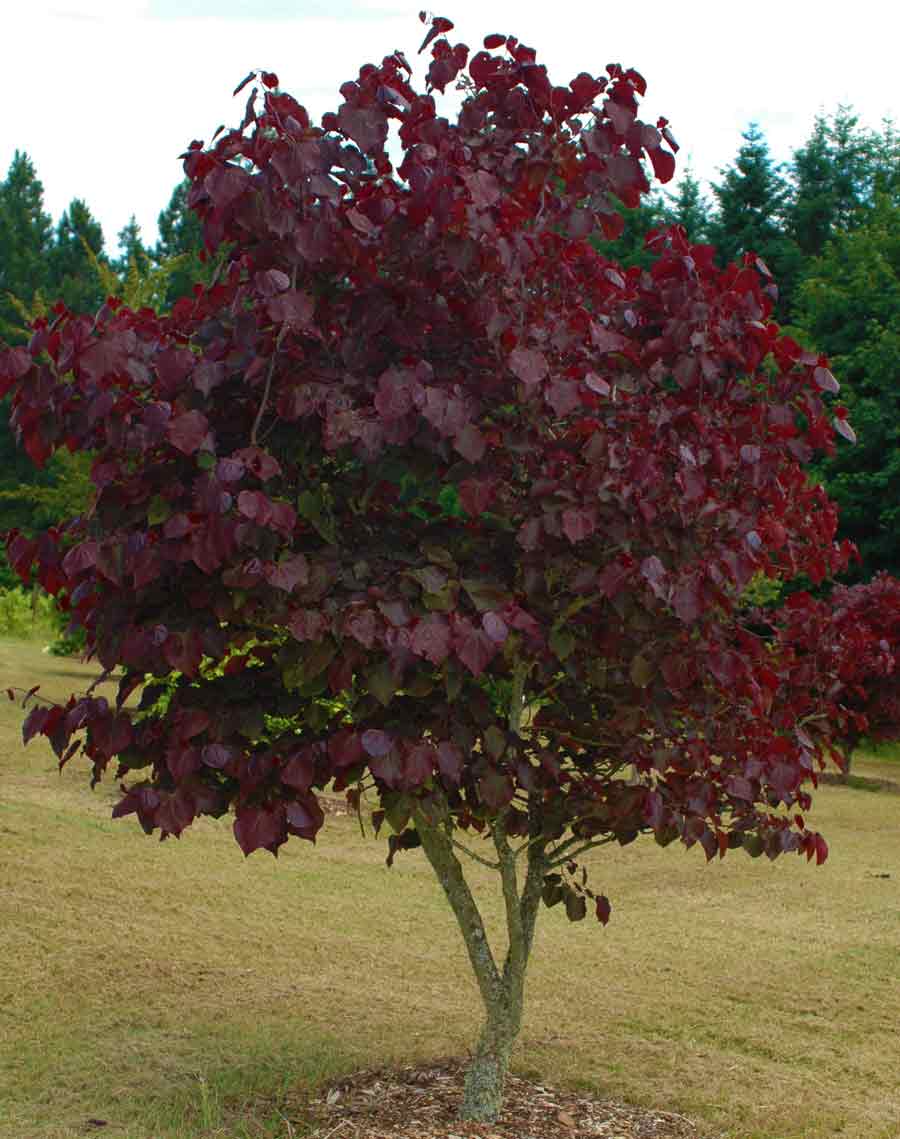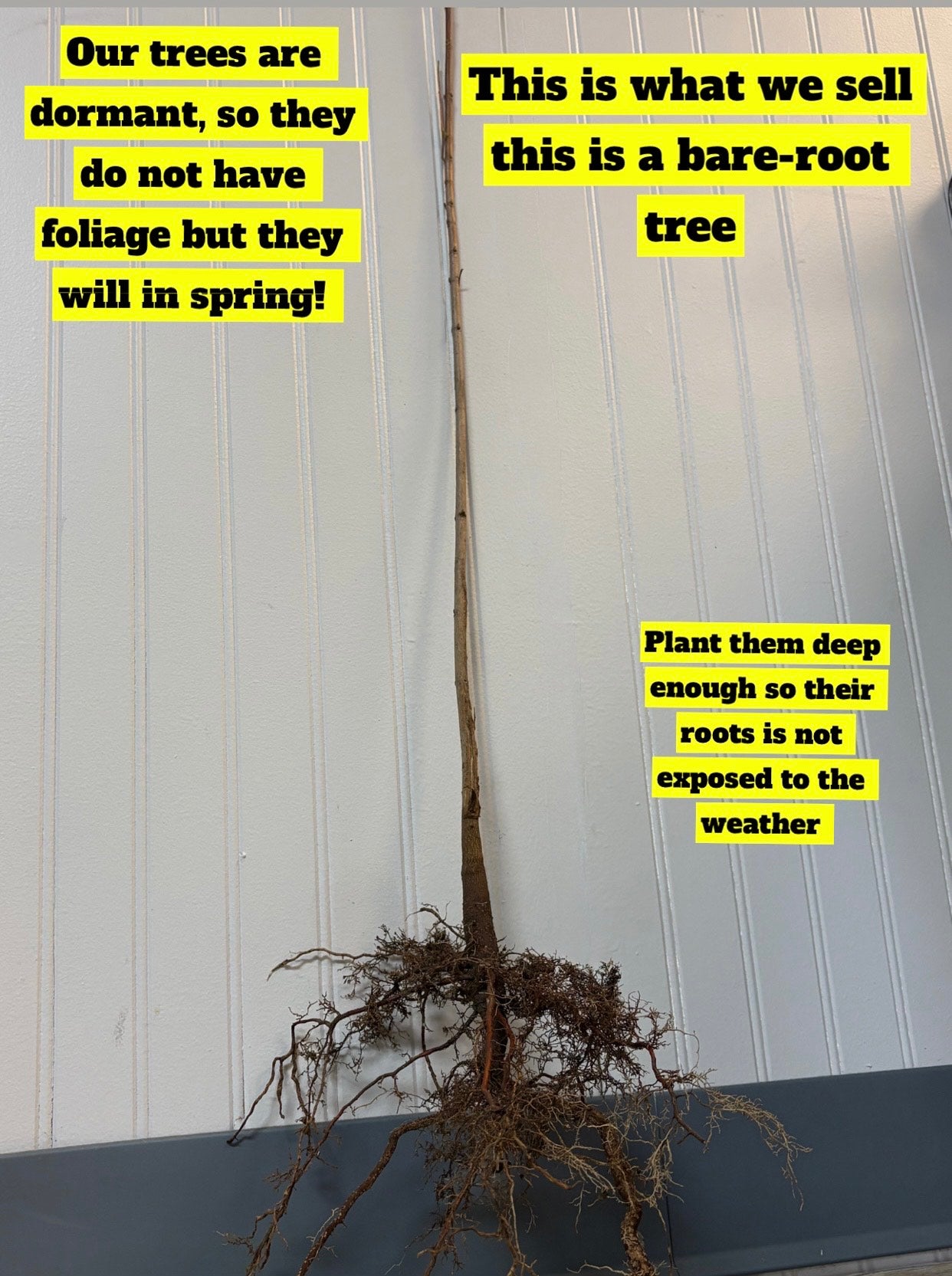Forest Pansy Redbud Trees | Cercis Canadensis
The Forest Pansy Redbud Trees are small but mighty understory trees, whose round tops look best when nestled under the dappled shade of their taller tree neighbors. This tree is a native of eastern and central North America and commonly found in Connecticut, New York, and southern Ontario. The bright, pinkish red flowers appear on this tree in early spring, before even the foliage starts to emerge. It is a captivating addition to your grove of trees or garden space.
Forest Pansy Redbud Trees Details | Cercis Canadensis Overview
Family: Fabaceae
Light Requirement: Full sun, part shade
Water Needs: Moderate
Height: 20-30 ft
Spread: 25-35 ft
Soil Preference: Moist, well drained
Season of Interest: Early spring
Flower Color: Pinkish red
Fruit: Brown bean pods
Wildlife Value: Birds, Hummingbirds, Butterflies, Bees
Why Forest Pansy Redbud Trees Are Garden Favorites Year-Round
As a North American native, Forest Pansy Redbud Trees thrive in the eastern United States' landscape. Once established, they are very hardy and can thrive in many climatic areas. This tree's bare trunk and branches provide visual interest even without the blossoms, because it is a multi-trunked tree that can spread up to 35 feet.
Should you desire, this tree can also be pruned to be a single trunk. The blooms have five large, pillowy petals that range from deep to light pink. The leaves are heart-shaped and rich red. The tree bears brown bean pods that dry and may stay on the branches during winter, creating a unique off-season look.
How to Grow and Care for Forest Pansy Redbud Trees in Your Landscape
To combat the myriad of disease and insect problems the Forest Pansy Redbud Trees face, including canker, dieback, and leaf spots, they must be well maintained through regular watering, fertilization, and pruning back dead branches as needed.
Forest Pansy Redbud Tree does not tolerate being transplanted, so plant it in one spot and keep it there. This tree is a gorgeous little addition to your yard or garden in every season and would fit well into any woodland or native space!
Exposure
The Forest Pansy Redbud flourishes in full sun to part shade. It prefers 4-6 hours of direct sun daily but can handle some shade, particularly in hotter climates. Ensure it has good light exposure for optimal blooming and growth.
Height at Maturity
Over 25 Feet
Usage
Flowering
Shipped As
Bare-root
Ships
UPS
Planting Zones
6-8





